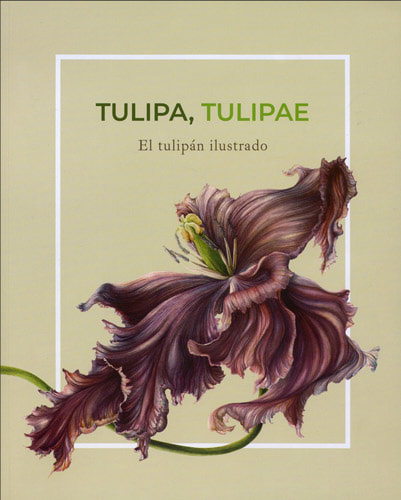

And when Williamson takes the time to actually write scenes where things happen, it does. Of course, when your master is having a hard time grasping reality, horror can ensue. The story picks up again when Charlie decides to try to force himself to see the future but instead accidently creates a tulpa, which is basically a being formed out of his psychic energy who is compelled to do his master’s bidding. Instead Williamson consistently steers away from anything that would cause his characters to grow, preferring long laborious ponderences on the nature of ESP, telekinesis, and the occult. Charlie’s second prediction-that a huge section of bleachers at a stadium will collapse-yields about a page of action and no major emotional changes for our characters. An erotic (?) scene with a sexy young wiccan leads to Steve getting. Oh sure, stuff happens, but it rarely advances the story more than an inch or two. I say “things” and not “plot” because plot would suggest some forward motion, and there really isn’t any for more than half of the book. Things keep going from there, with Charlie making predictions and Steve trying to convince people that these visions are real before people get hurt. He’s instantly convinced that his father-in-law is psychic, and in no time at all his wife and children are completely on board with his interpretation without any lasting conflict or interpersonal consequences. Maybe the old fella had recently read about fault lines in Italy? But not Steve Neal. Most people would chalk that up to coincidence. The doctors say it’s presenile psychosis, but Steve’s supernatural suspicions are confirmed when he learns that an earthquake in Roserio, Italy killed two hundred people, just like old Charlie predicted. falling! Oh, God, the people, the humanity!”

As grandpa Charlie falls to the ground next to his wife’s grave, he calls out a prediction of sorts. The Tulpa is a story about the supernatural events that occur after Steve Neal’s father-in-law, Charlie, suffers a stroke at Charlie’s wife’s funeral. So strap on your thinking caps because, well, you’ll see. While most Thrift Store Finds specimens can be talked about in a way that bounces around between the different elements that makes it a book, the bits that make up The Tulpa are so vastly different in quality that the old tried and true methods just aren’t going to work on this one. There’s the plot (fine), the characters (fine?), the subtext (*emoji grimace*), and the execution (uh oh). Williamson’s The Tulpa is to break it down into parts. Except the kids are an army of sentences and the student is just me in sweatpants reading paperbacks with only one eye open. It’s time again for Thrift Store Finds, which is kind of like a scene from a 90s movie where all the kids in the classroom are goofing off or sleeping while the one “good” student pays attention.


 0 kommentar(er)
0 kommentar(er)
